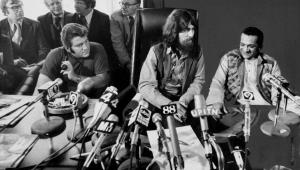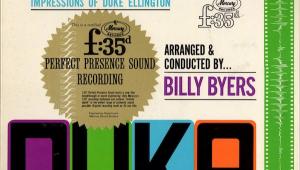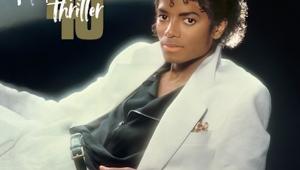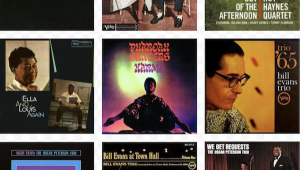In Memory of Soul-Funk Pop Innovator Sly Stone, Whose Connective, Harmonious, Everyday People Vibes Continue to Unite Us All on Vinyl

Mike Mettler: Last week was indeed a tough one for those of us who listen to a lot of music on vinyl that initially made literal waves in the latter half of the 20th Century. On Friday, June 13, 2025, I tasked my colleague Mark Smotroff to write about the rich recorded legacy of Brian Wilson, the eternal Beach Boy who passed away at age 82 on June 11, 2025. You can read Mark’s wonderful full-bodied surf through Wilson’s formidable vinyl catalog here. (My own tribute to Brian, whom I had the honor to interview twice over the years, will appear in an upcoming print edition of our sister site Stereophile, and it will also be posted at some point on their site.)
Just two days prior to Wilson’s passing, funk/soul pop pioneer Sly Stone also passed away at age 82 on June 9, 2025. Mark and I were in the midst of writing a tag-team appreciation of Sly’s work on wax when we got the news about Wilson, so we shifted gears a bit to cover Brian’s legacy before the weekend was out — but we didn’t want to downplay Sly’s own influence and impact in the least, nor post a pair of in-depth stories at essentially the same time to compete with each other either. The catalogs of both of these seminal artists are practically unmatched in the annals of popular music, as they remain two of the most important composers/innovators of the last century — and now it’s time to give Sly some, as the saying goes.
With that, I’ll turn it over to Mark to fill you in on how Sly got things rolling early on in his career and how best to hear them, and then I’ll return throughout the story to discuss some of my own favorite Sly LPs.
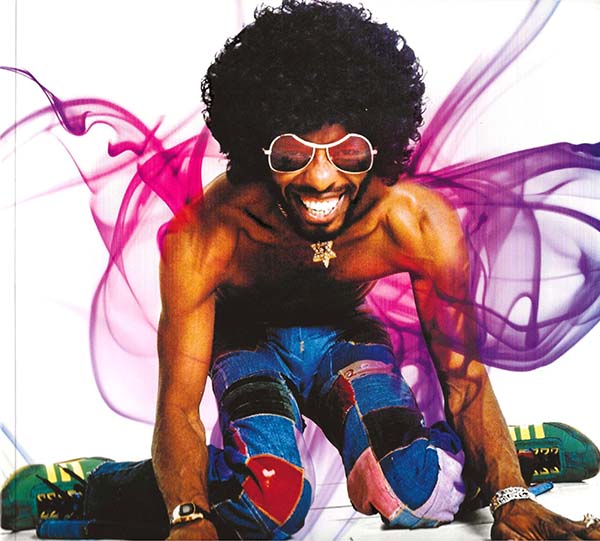
Mark Smotroff: Thanks, Mike. As you rightly noted, another musical legend has sadly passed, a man who helped change the face of popular music as we know it: Sylvester Stewart — a.k.a. Sly Stone, or, more simply, Sly. Almost singlehandedly, Sly crafted a forward-facing vision for popular music in the mid-1960s, a place where rock, blues, jazz, gospel, soul, and funk-as-we-then-knew-it could convene as the future sound of funk as we now know it today. Sly’s legacy is built on a string of incredible hit recordings from the late 1960s and on into the early 1970s — singles, mostly, but also key albums — all of which were immensely popular, and remain influential, to this day.
Think about it — without the mass success Sly achieved alongside his ace band The Family Stone, there might not have been a launchpad for Parliament Funkadelic’s mothership. There might not have been a little red corvette for Prince to drive beyond 1999 through the purple rain. Not only that, but The Family Stone is considered by many to be the first significantly popular American group featuring a lineup that was both racially and mixed-gender-integrated.
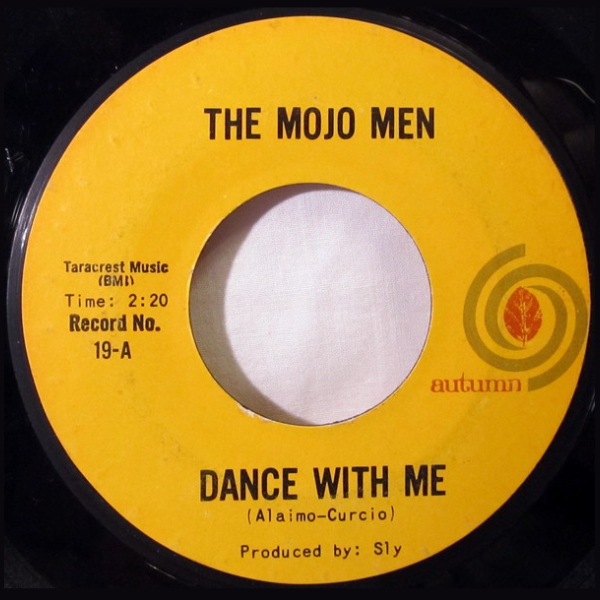
A great deal has been written about Sly over years, yet I’m always amazed how people don’t actually know that he was a force on the scene well before his own music hit the charts. For one thing, Sly was a staff producer at San Francisco-based Autumn Records (owned by legendary radio DJ Tom Donahue), producing the No. 24 smash hit 1965 debut album by The Beau Brummels, Introducing The Beau Brummels, which included their No. 15 hit single, “Laugh, Laugh.” Among other LPs and tracks, Sly produced the first charting hit for Autumn artists The Mojo Men (“Dance With Me,” No. 61, in 1965), and he co-wrote the comeback hit for Bobby Freeman (“C’mon and Swim,” No. 5, in 1964). At the time, Sly was also a DJ on San Francisco’s KSOL, a pioneering FM radio station. Earlier in his career, he reportedly even played keyboards for many major performers of the early/mid-1960s, including Dionne Warwick, The Righteous Brothers, and Marvin Gaye.
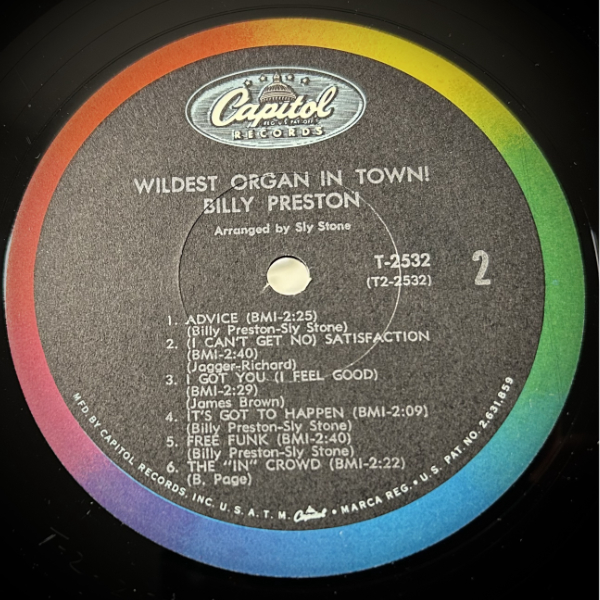
Heck, I even was a bit surprised to learn that Sly arranged Billy Preston’s debut LP for Capitol, 1966’s Wildest Organ in Town!, which includes three co-writes with the future ally of The Beatles, and ’70s funky pop-soul hitmaker in his own right.
All that said, success for Sly didn’t exactly happen overnight. Old-school wisdom says that it takes about 10 years to make an “overnight sensation,” but for Sly Stone, it may have actually been compressed into about half that time. He was working hard in the studio, and was also playing out in the clubs like everyone else.

Having said that, this is a perfect time in our piece to mention some uplifting (albeit bittersweet) news that there is a historical live recording that will soon enough see a much wider vinyl release, one that features previously unreleased pre-fame tapes of a nascent Sly and The Family Stone live — namely, The First Family: Live at Winchester Cathedral 1967 LP, which will be given a full release on July 18, 2025, on High Moon. This onetime RSD First LP (more on that in a bit!) features some enticing production credentials, based on what’s been reported in the official press release: “This earliest live recording of the pioneering band is accompanied by a deluxe booklet with liner notes from the set’s Grammy-nominated producer Alec Palao, featuring exclusive interviews with Sly Stone and all of the original bandmembers, never-before-seen photos, rare memorabilia, and more. [. . .] With mastering by Dan Hersch and a lacquer cut by Kevin Gray, the result is an electrifying 50 minutes that proves that the genius and skill of Sly & The Family Stone came fully formed. Indeed, this is where it all began.” Sneak peek via the YouTube clip below!
The press release continues with some more relevant, related data: “Sly & The Family Stone served as the house band at Redwood City, [California]’s Winchester Cathedral from December 16, 1966, to April 28, 1967, lighting up the club with their dynamic, crowd-pleasing performances. The First Family: Live at Winchester Cathedral 1967 was recorded in the early hours of March 26, 1967, by Sly & The Family Stone’s first manager, Rich Romanello. Upon the group’s signing to Epic Records later that year, Romanello put the 7-inch analog tapes into storage, where they sat for 35 years. The reels were rediscovered in 2002 by Dutch twins Edwin and Arno Konings, renowned Sly & The Family Stone archivists, and carefully restored by their co-producer Palao for this set.”
Before getting to see its aforementioned wider release on July 18, 2025, The First Family technically made its official RSD First debut back in April — and my co-author Mike, of course, was able to procure a copy of it right after he got back from AXPONA. Over to him now for more on this super-important Sly release.
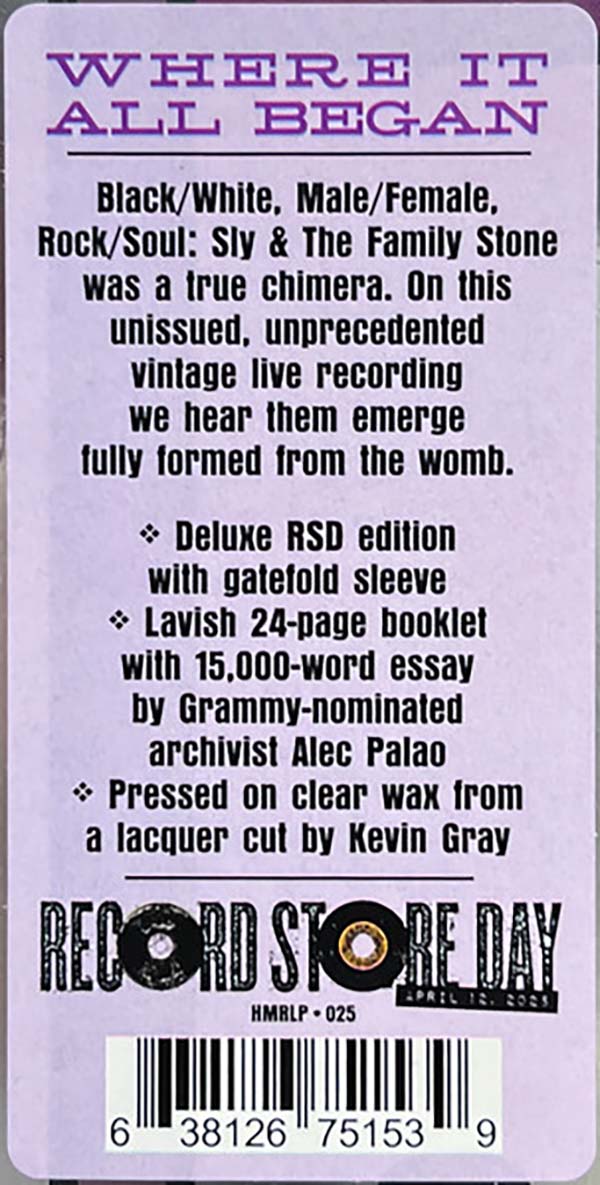
Mettler: I’m sure glad I got my copy of it when I did, Mark! This release seemed to fall under this year’s RSD radar — in fact, a clerk at one of my local indie record shops told me just over this past weekend that they had extra copies of The First Family sitting in their RSD-specific bin that didn’t really start moving until, you guessed it, right after Sly passed. Thus, that RSD First edition of The First Family (3,250 copies) is receiving more attention ahead of the wider High Moon release in July, and rightly so.
On clear, well-centered, and flat clear vinyl with the lacquer cut by (as noted above) Kevin Gray at Cohearant Audio, The First Family is housed in a plastic-lined Gotta Groove Records inner sleeve — and, frankly, it sounds better than I had expected. Opening with “I Ain’t Got Nobody (For Real)”—“This is an original tune,” as Sly intros it (Footnote 1) — the song reaches an abrupt end that melts right into “Skate Now,” all of it foreshadowing/confirming that patented Family Stone groove, and especially their unique “vocables” approach. Larry Graham’s bass line sets the table and the three-person horn section supplements it, while Cynthia Robinson fronts the “ooh-ooh” background-vocal punctuations as Sly’s organ follows suit, all while his scat ’n’ testify vocal thrust-and-parries mirror how the groove makes him — and us — feel exactly in the moment they’re happening.
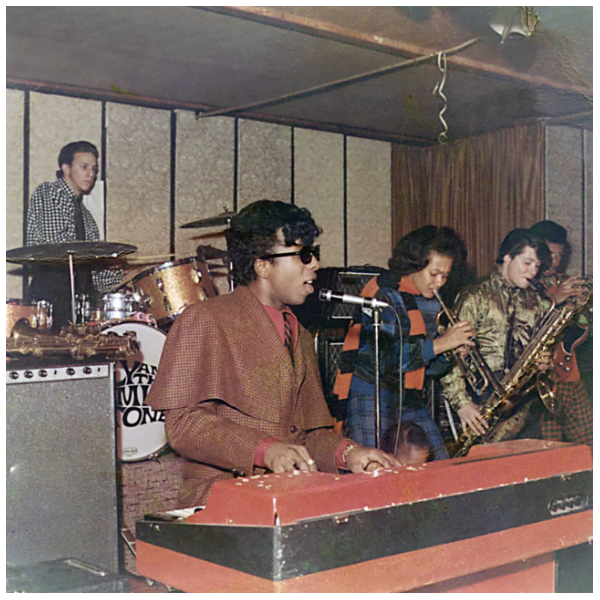
The seeds of the Family Stone band’s forward-thinking funky improv grooves are all right there in the set’s first 10(ish) minutes. Most everything that follows are covers, all born of Sly and The Family Stone’s already well-entrenched church and soul blend — and no doubt due to the acumen of a band still en fuego after performing on a larger stage nearby in town just a few hours before.
The Music of The First Family is a foundational 9, and the Sound is, surprisingly, a relatively generous 7.5, given how the source material could have come across in a lesser-sounding presentation if it hadn’t been so well resuscitated. The story of how it was handled is related in the saddle-stitched, 24-page liner notes booklet that resides in the left sleeve of the gatefold, and it’s all worth consuming in full. Apparently, three other songs from this set weren’t included “for technical reasons,” with one of them even having been “compromised by tape machine issues.” Even so, based on the whoops and hollers that punctuate the set we’re presented with, this must have been one (excuse the language, reverend!) helluva night to experience firsthand.
Smotroff: A version of The First Family LP’s final mashup (if you will) that closes out Side 2, “I Gotta Go Now / Funky Broadway,” is also available online — and you can check it out via the YouTube clip below. The recording was purportedly featured in Questlove’s critically acclaimed 2025 documentary, Sly Lives! (aka The Burden of Black Genius), a film that I must see soon.
Mettler: Incidentally, the 2LP soundtrack for Sly Lives! (aka The Burden of Black Genius) came out about a month ago on May 9, 2025, on Epic/Legacy — or, rather, “Epic/Legacycy [sic],” with the “cy” getting doubled on the like that for some reason. Sly Lives! is rife with alternate mixes and single edits, and I still need more spin-time to devour it in full — but I’m glad to have it in hand. Anyway, back over to Mark for some of his own Sly LP recommendations.
Smotroff: By now, some of you reading this who are just learning about and discovering Sly Stone’s music may be wondering where else to dive into it — or at least where to start. Fortunately, Sly & The Family Stone are one of those bands where their Greatest Hits compilation — originally released November 21, 1970, on Epic, with a number of reissues in the interim — is arguably still the best starting point, as it features the key hits from 1968’s Dance to the Music and 1969’s Stand! This quintuple-platinum collection — that’s 5 million copies moved in the U.S. alone, folks! — has been ranked by many best albums of all time lists (including hitting No. 60 on a Rolling Stone tally).
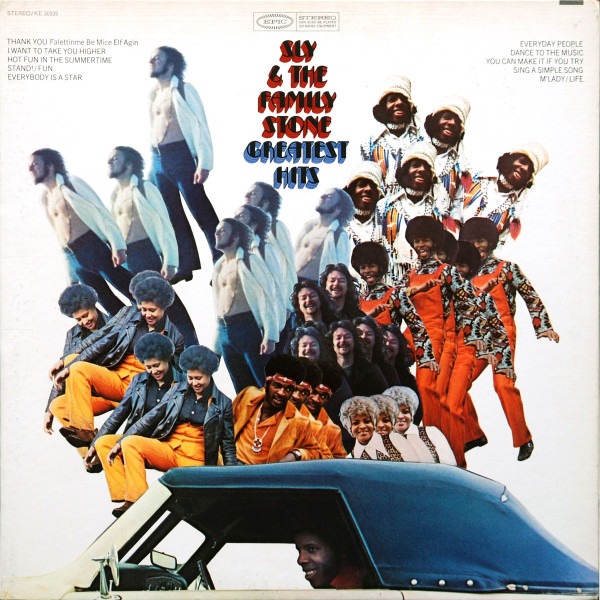
Sly & The Family Stone’s Greatest Hits is a fascinating release because, in some ways, it might be argued that it set the stage for innovative retrospective compilations from other important artists that followed it. Greatest Hits also contains a number of then-exclusive tracks that helped make the album essential listening. It’s also important to note that some the recordings here are not necessarily identical to the actual single versions released on their 45s — as in, there are some longer/different mixes of tracks you may think you know by heart, so be aware of it.
Even so, Greatest Hits is also the only place to get several important huge hit singles from 1969 that made their LP debuts on this album: “Hot Fun in the Summertime” (Side 2, Track 3; No. 2 on the Billboard Hot 100), “Thank You (Falettinme Be Mice Elf Agin)” (Side 2, Track 6; a No. 1 Billboard Hot Soul Songs single for five weeks, and No. 1 on the Hot 100 for two weeks), as well as its B-side — even though it was considered a double A-side at the time — “Everybody Is a Star” (Side 1, Track 2).
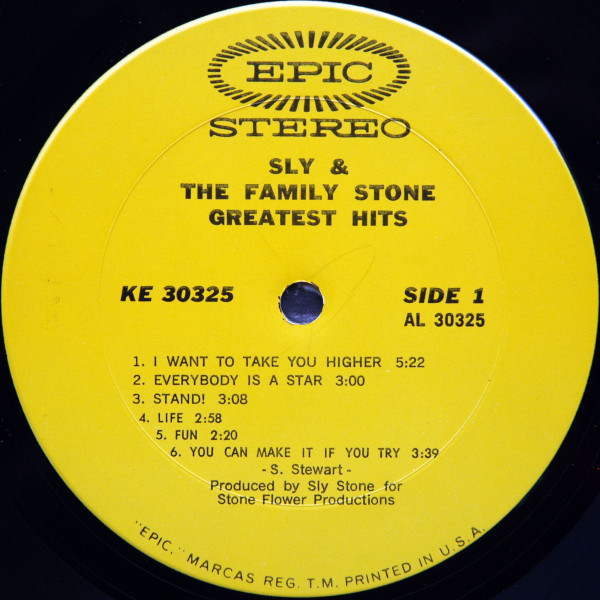
I also learned some additional mad crazy details I honestly did not know about this Greatest Hits collection beforehand. For example, “I Want to Take You Higher” (Side 1, Track 1) was a Top 40 hit in its own right, but was technically the B-side to “Stand!” (Side 1, Track 3), which itself reached No. 14 on Billboard’s Hot Soul Songs chart, and No. 22 on the Hot 100. I mean, when you stop to think about it, these are some of the greatest popular songs of all time, regardless of genre. And the album has much more to offer, including “Dance to the Music” (Side 2, Track 1) and “Everyday People” (Side 2, Track 2).
I have no qualms embracing cliché and calling Sly & The Family Stone’s Greatest Hits a killer album. I’ve owned different pressings of it over the years, including a 1979 version on the blue Epic label, and they all sound pretty fine. So, I wouldn’t overthink it too much when it comes to picking up a copy — as long as it’s not played-out to death, of course, something often somewhat challenging in finding good used copies of this recording. For example, it took me ages to find a decent-condition original copy on the yellow Epic label. There have been more recent reissues, of course, and you may have other favorite versions of this collection yourself. I know Mike does. . .
Mettler: That I do! First — if you don’t have Sly & The Fam’s Greatest Hits in any form, it’s an absolute must on vinyl. The Music is unquestionably an 11, and the Sound is a 9 (depending on your version). The most recent 2023 European pressing on Sony Music/Legacy (88985432351), featuring the classic yellow Epic label on both sides with the lacquers cut by Daniel Kreiger at GmbH, may be the easiest, cleanest one to get your hands/ears on here in the short term. (Also note that you’ll have to replace its paper inner sleeve with a plastic-lined one, just as I did.)
Bonus — the original liners appear inside the 2023 reissue on a folded-over one-sheet, and they were written by Morgan Ames, then the pop music editor of High Fidelity, the magazine where I got my start in the audio-journalism industry back in the day. Ames, who also wrote for Stereo Review, is a long-acclaimed songwriter, vocalist, and vocal arranger, though I honestly can’t recall if we ever crossed paths anywhere along the way. At any rate, all 12 tracks on Greatest Hits are beyond essential listening, with no filler, and all — well, you know the rest.
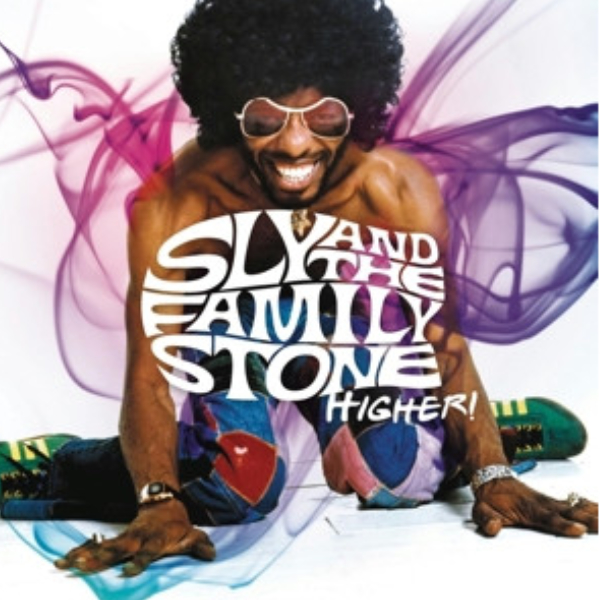
Smotroff: And for those seeking the “original” single mixes, you’ll find a good number of them on the 2013 Epic/Legacy 8LP collection called (naturally) Higher!, which compiles many of those original single master mixes in mono as well as other Sly rarities, including 17 previously unreleased tracks dating back to 1964. (Note to self: Must pick this one up!)
Mettler: It’s totally worth tracking down a copy of the Higher! box, my friend, as it is an almost endless source of Sly wonderment (as pressed at RTI, and on 180g at that). Current SRPs for this 8LP set range between $130 and $250, so you may need to put aside a few extra bucks to get one for yourself. Besides the sweet, sweet music therein, the included 104-page softbound liner notes include super-detailed track-by-track analysis, and the book is illustrated with many career-spanning photos, alternate/international single covers and labels, and tape boxes galore — a musicologist’s dream, to be honest. Music is 10, cumulatively (some of it is 11, of course), and the Sound is averaged to an 8.5.
In the meantime, while you’re saving up for that box, there are also some more affordable 2013 RSD-related limited-edition offerings available that helped promote the Higher! release, including a “Sexy Situation” b/w “Mother Is a Hippy [sic]” 7-inch on Epic/Legacy featuring a pair of previously unissued early versions of two tracks that were cut in 1975 for Sly’s so-so 1976 Heard Ya Missed Me, Well I’m Back Epic LP that are not included in any form on the box set.

There’s also the plays-at-45rpm I Want to Take You Higher 10-incher (a 2013 limited edition on Epic/Legacy; mine’s No. 1450), with Side One starting off with the circular “Medley: Music Lover / I Want to Take You Higher / Music Lover” recorded at the Isle of Wight on August 30, 1970 — a full year after Sly & Co.’s truly historic Woodstock performance with a somewhat different, extended funky jam vibe to it that’s not quite as intense as the Woodstock groove (not to worry; I’ll discuss that performance, and full-set release, a little bit later), but still worthwhile to hear the evolution of the band’s live sound. “Higher (Mono Single Master)” ends Side 1 as an interesting contrast — it’s the May 1967 promo-only first pressing version, which also includes a nice, clean, Stevie Wonder-like harmonica solo in the back half.
While both of those Side 1 tracks also appear on the Higher! box, the one that’s not on it comprises all of Side Two of the EP — an unreleased “TV Medley” lasting 7:42 that was recorded at Columbia Studios in New York on October 6, 1969. The a capella “ay-yi-yi-yah” harmonies of “Sing a Simple Song” open the groove pocket, leading into a sweet organ-led transition into “Hot Fun in the Summertime” with its own signature horns mostly on the left, before the medley briefly, snarkily fuzztones its way into “Sex Machine” and then right over into “I Want to Take You Higher” — albeit with a cool, quick hard stop before the “hey hey hey hey” jangle takes it all home.
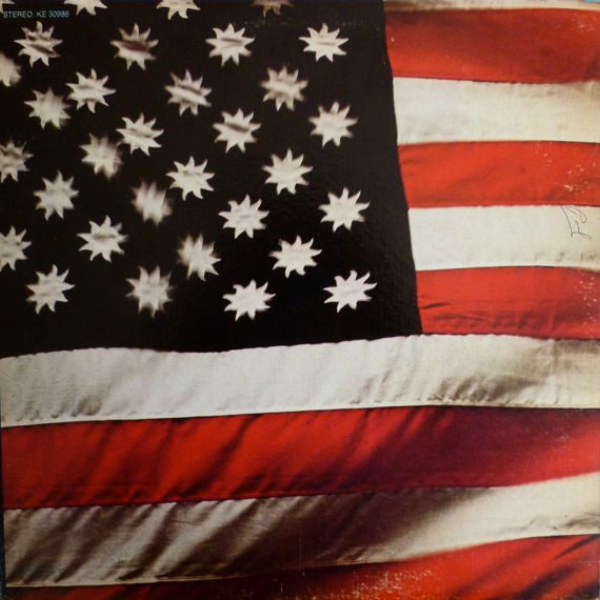
Smotroff: Good to know, Mike! As far as other essential albums from Sly’s studio oeuvre on Epic go, May 1969’s Stand! is a classic of the period, as is its followup, November 1971’s platinum-selling There’s a Riot Goin’ On. The latter was an expansive release on many levels that yielded some big hits, such as the slinky “Family Affair” (Side 1, Track 4). Riot has gone on to be recognized as an important step in the evolution of soul and funk music, as it deals with heavier themes reflective of those turbulent times — “Africa Talks to You / The Asphalt Jungle” (Side 1, Track 5), “Brave & Strong” (Side 2, Track 1), and “Runnin’ Away” (Side 2, Track 5) among them.
Mettler: That landmark Riot album also received a 50th anniversary Epic/Legacy reissue in 2021 on red vinyl, featuring a pair of oversize hype stickers and presented as a gatefold, and it’s likely the most accessible version you can find in indie stores, at least as of this posting. Music is a 10; Sound is an 8.5.

Smotroff: I know many fans consider June 1973’s Fresh an important record as well, but I have to fess up and admit that it’s one of those Sly albums I never fully connected with in the past. However, given my expanded dive into soul and funk these past 15-20 years, I think it is perhaps long overdue, and high time, for me to listen to this album again, as many consider it a “stone cold classic” (if you will), with fresh ears and a more-informed open mind. Agreed?
Mettler: I say, go for it! Fresh also received a recent 50th anniversary Epic/Sony Music update, a 2023 RSD Essential-stickered release on neon-orange vinyl and sporting that mid-’70s orange-target Epic label — though it too comes in a paper inner sleeve that will need to be replaced. Fresh has always been a bit of a grower of an LP, but I still dig the down-the-middle bass line and right-channel horns of album opener “In Time” (Side 1, Track 1) and the ever-shifting throaty-growl vocal character Sly utilized all throughout the hit “If You Want Me to Stay” (Side 1, Track 2) — something I’m sure a certain Prince Rogers Nelson took extensive vocal notes about — and, of course, Rose Stone’s delicate, charming, lead-vocal turn on the cover of Doris Day’s “Que Sera Sera (Whatever Will Be Will Be),” along with Sly’s vocal punctuations on the choruses (Side 2, Track 4). The Music is an 8.5, and Sound is an 8.
Smotroff: There are also many important archival releases to explore, such as Sly & The Family Stone’s entire Woodstock performance that finally saw the light of day as an official standalone release in March 2019 on Epic/Legacy dubbed Woodstock Sunday August 17, 1969 — and Mike, a true Woodstock connoisseur, will now fill us in on why we all need to get it.
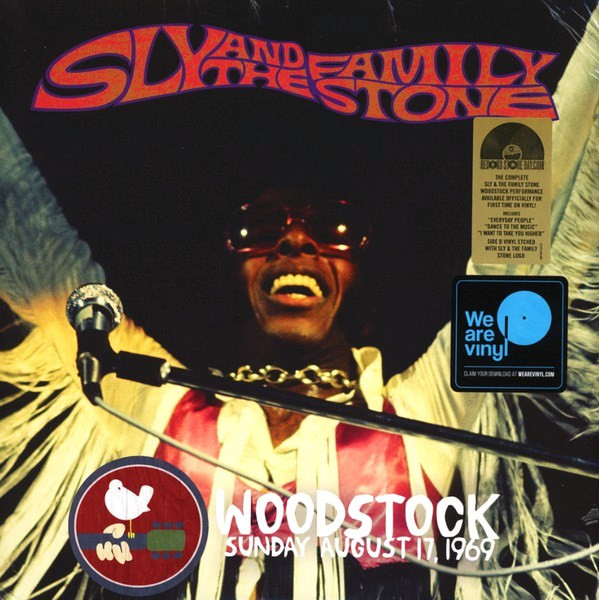
Mettler: At 3:30 a.m. on August 17, 1969, a 50-minute, nine-song set took place for the literal ages onstage at Max Yasgur’s farm in Bethel, New York. Though many of us have probably seen the literal, er, highlights of that storied Sly and The Family Stone set in the three-plus-hour Woodstock movie, and maybe even have some of those songs on the various soundtrack releases that have dribbed and drabbed out over the years, Woodstock Sunday August 17, 1969, a three-side 2LP set (the fourth side is a band-logo etching) is the unquestionable definitive version.
The source material is prime too: The original 8-track recording by Hanley Sound, Inc., and location recording engineers Edwin H. Kramer and Lee Osborne, which was then supervised and mixed by Eddie Kramer (using his less formal name at this point of the process!), and mastered by my good friend Vic Anesini at Battery Studios in New York City.
The 16 minutes on LP1, Side B comprise one of the most exciting live sequences you’ll ever hear — and I don’t say that lightly. Track 1, “Everyday People,” gets the wee-hours audience a-clapping, hooting, and hollering ahead of the a cappella intro. “Dance to the Music” follows with no break, and the tempo picks up mightily with the band verbalizing their individual intentions along the way, and doing exactly what they promise. And then, the linchpin — all 7:51 of “Medley: Music Lover / Higher.” Ahhhhh.

Hey, music lover, note that you’ll hear a bit of amp/stage buzz as Sly gets to the break where he lays down the verbal vibe — “We’re gonna try to do a singalong [. . .] it is a feeling” — and it’s all good. “Throw the peace sign up — it’ll do you no harm,” he coaxes before adding that all-in, throat-straining M.O. request: “Wanna take you higher!” The Woodstock audience comes back with “Higher!” quite enthusiastically, and the call-and-response continues before that smokin’-hot horn section adds that special Family Stone swing — and I can visualize, as I’ve watched them do so on the extended-cut Woodstock Blu-ray countless times, how they move and groove along together onstage, as well as “see” the fringe on Sly’s jacket cascading and billowing in eternal slo-mo. Sly’s vocal improvs and groans keep it all flowing, before eliciting another call-and-response “Wanna take you higher!” / “Higher!” kicker. It’s among my Top 5 live moments, well, of all time — and hearing all of it unencumbered on this side of vinyl is an absolute joy beyond words.
LP2, Side C continues with 6:43 of the full-on rumble groove of the “I Want to Take You Higher” continuation, if you will — the more-buttressed band version with horns, tambourine slaps, harmonica, left-channel wah-guitar solo, extended horn notes, and Sly’s organ fills center-left. Boom laka-laka-laka, indeed. And then, after the set winds down a few minutes-plus later, the unmistakable voice of lighting designer-cum-master of ceremonies Chip Monck comes in to make it clear who was who, and what was what, out there during that way-early morning: “Ladies and gentlemen — Sly and The Family Stone.” This nine-song set was one of the best overall performances at Woodstock, hands down — and hands up! — and, frankly, ever, in popular music. The Music is an unquestionable 11, and the Sound is an 8.5, given the source material.
Back to you, Mark, to wrap our Sly thing up. (And so on, and so on, and Scooby-dooby-doo. . . )
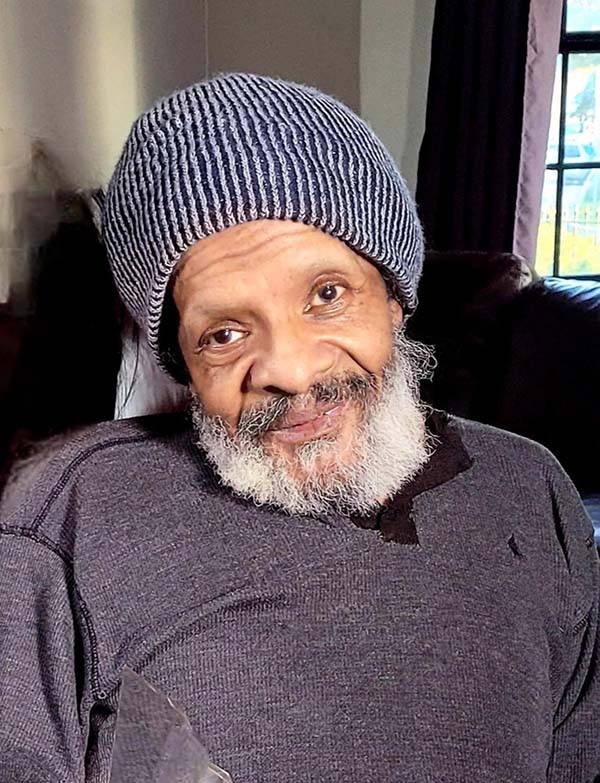
Smotroff: Thanks again, Mike. As the 1970s gave way to the ’80s and beyond, Sly endured well-documented life challenges, something that is a topic beyond the scope of this tribute. Regardless, there is no question that Sly Stone set the stage for an artist like Prince to emerge and effectively pick up the pieces to continue evolving the funk trajectory well into the 21st Century for new generations to discover.
Continuum, y’all.
And with that, I can officially wrap up AP’s collective look back at a legend, with a loving thank you to Sylvester Stone for bringing all these different folks with different strokes together on the dance floor and concert stages to a place beyond where love, peace, and harmony can, and do, co-exist. Indeed, we are all everyday people who, as the master himself put it, “got to live together.” Yeah yeah.
Rest in peace, Sly.
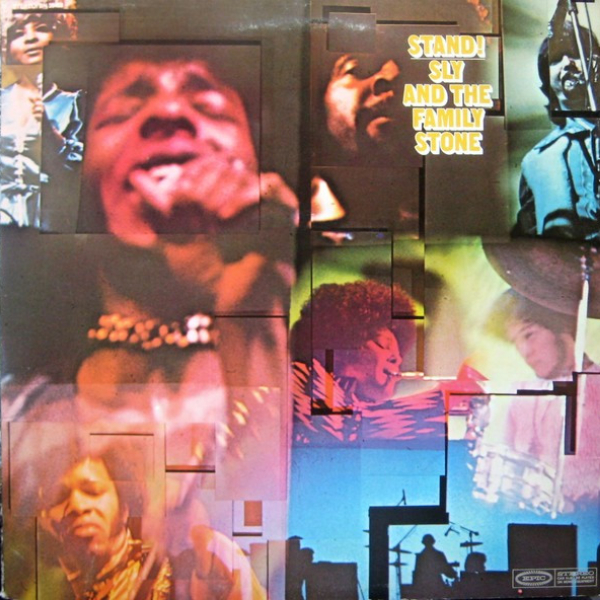
Author bios: Mike Mettler is the editor of Analog Planet in addition to being the music editor of our sister site Sound & Vision, and he’s also a contributing music editor to one of our other sister sites, Stereophile, in addition to being the regular Vinyl Icons column scribe for Hi-Fi News. Plus, he’s quite partial to vintage 1967 Mustang fastbacks, but that’s a story for another time and place.
Mark Smotroff is an avid vinyl collector who has also worked in marketing communications for decades. He has reviewed music for eCoustics, among others, and you can see more of his impressive C.V. at LinkedIn.

Footnote 1: Mike Mettler adds: The studio version of “I Ain’t Got Nobody (For Real)” appears as Track 3 on Side 1 of April 1968’s Dance to the Music, and I cued it up on my copy of the Kevin Gray-cut, 2007 Sundazed LP reissue of this classic Epic release to hear how this song had cleverly settled into its somewhat less-frenzied studio incarnation. That said, I still love Sly’s right-channel organ breaks, and the “wee-oohs” that always make me recall some of Janis Joplin’s finer moments at Monterey, literally 58 years ago this week as I type this. I haven’t yet picked up the Music on Vinyl edition of Dance to the Music that was released in 2015, nor the red/purple split-color VMP LP from 2024 — but maybe I will get either/both of them at some point. (That’s my inner completist talking, mind you.)








